Содержание
- 2. Inspection of the chest (inspectio thoracis) This is the objective method of examination based on visual
- 3. Static inspection Physiological shapes : Normosthenic, Hypersthenic, Asthenic The asymmetry of the chest (enlarged volume of
- 4. Normosthenic chest: The shoulders are under the right angle to the neck Supra- and infraclavicular fossae
- 5. Hyperstenic chest The shoulders are wide and the neck is short Supra- and infraclavicular fossae are
- 6. Asthenic chest The shoulders are sloping and are under the dull angle to the neck Clavicles
- 7. The shapes of the chest (cross - section and appearance) а,б – thorax of healthy adult;
- 8. Dynamic inspection Participation of the accessory muscles in act of breathing (bronchial asthma, respiratory insufficiency or
- 9. Palpation Identification of tender areas (widespread or local, in Valle points ) Thorax resistance (normal, increased,
- 10. Topographic regions of the chest Supraclavicular region – above clavicles Infraclavicular region – below clavicles Suprascapular
- 11. Assessment of thorax elasticity ; а – antero-posterior, б – lateral.
- 12. TACTILE VOCAL FREMITUS: palpable vibrations transmitted through the bronchopulmonary tree to the chest wall when the
- 13. TACTILE VOCAL FREMITUS:
- 14. Increased TVF Thin chest wall Lobar pneumonia Lungs infarction Pulmonary tumor Tuberculosis Compressive atelectasis Air cavity
- 15. Palpation of the chest
- 16. Palpation of the chest
- 17. (L.Auenbrugger, 1722-1809) (Jean Nicholas Corvisart, 1755-1821)
- 18. Topographic regions and lines of the chest
- 19. The left and right midaxillary lines – linea axillaris media dextra and sinistra The left and
- 21. Topographic regions and lines of the chest
- 22. Press The last 2 phalanges of your left middle finger firmly on on the area to
- 23. Movement from wrist The best percussion site is between the proximal and distal interphalangeal joints. Use
- 24. Comparative – revealing of percussion sound features on symmetrical areas of the chest: Supraclavicularis Clavicularis Subclavicularis
- 25. Comparative percussion
- 26. Comparative percussion Resonant - Clear pulmonary Intermediate - pulmonary sound becomes duller Dull Hyperresonant – Tympanic
- 27. The main symptoms based on comparative percussion Percussion sound on the symmetric areas : Clear pulmonary
- 28. The main symptoms based on topographic percussion 1.Lower borders: Removal down (lung emphysema, bronchial asthma, lower
- 29. Topographic percussion
- 30. Topographic percussion
- 31. Topographic percussion lower borders of the lung
- 32. 4. Active and passive mobility of the lungs – the significance of lung tissue elasticity state
- 33. Determining of the mobility of lower borders of the lungs
- 35. Скачать презентацию











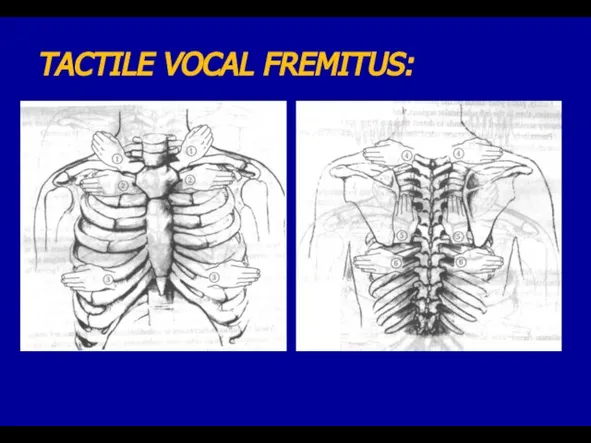
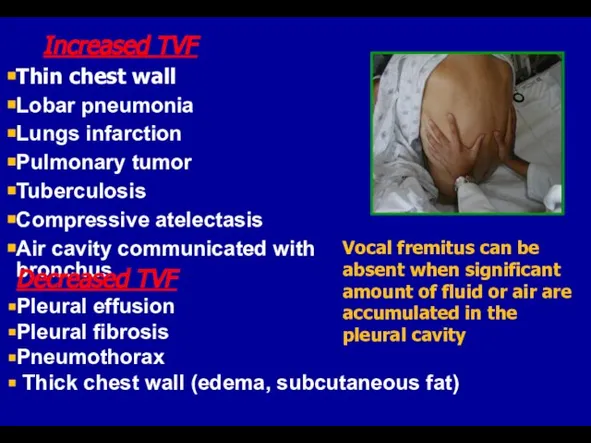
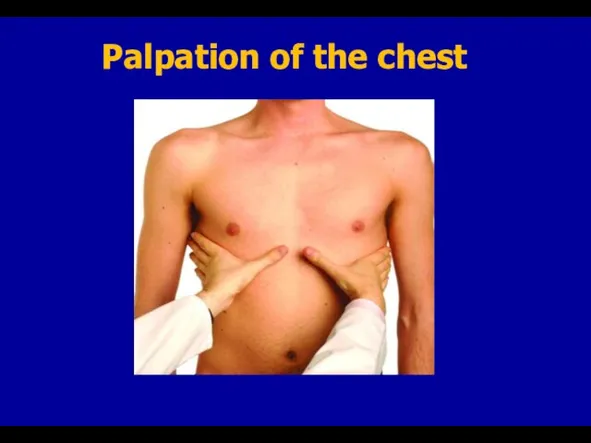
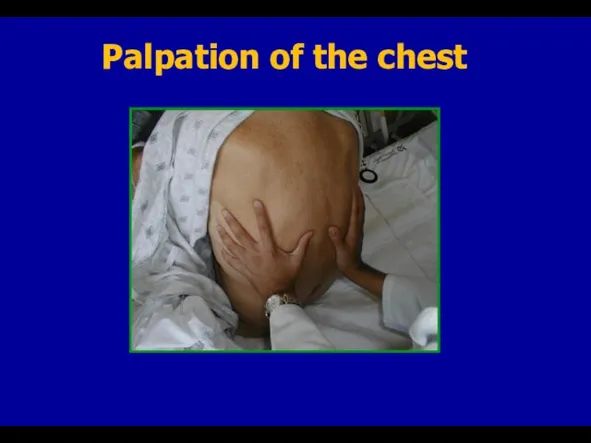
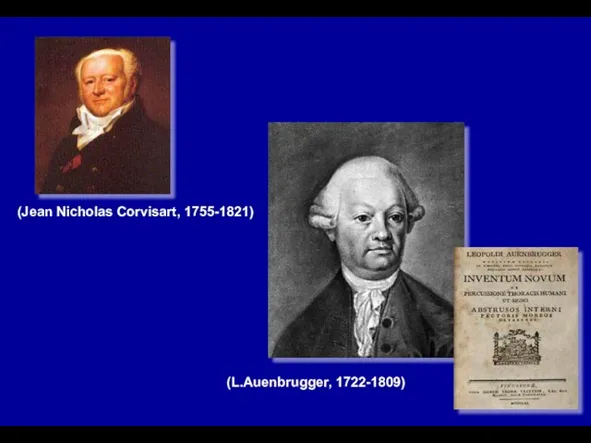
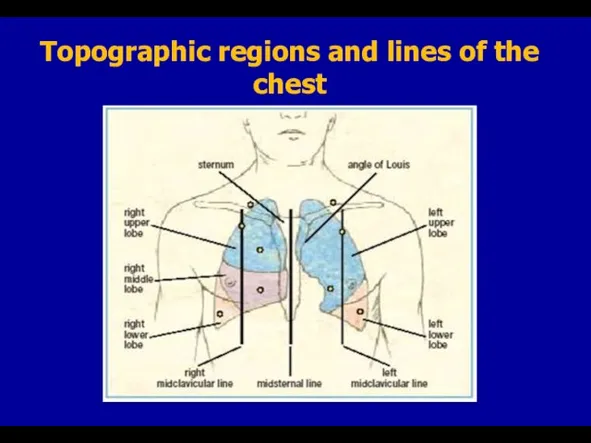
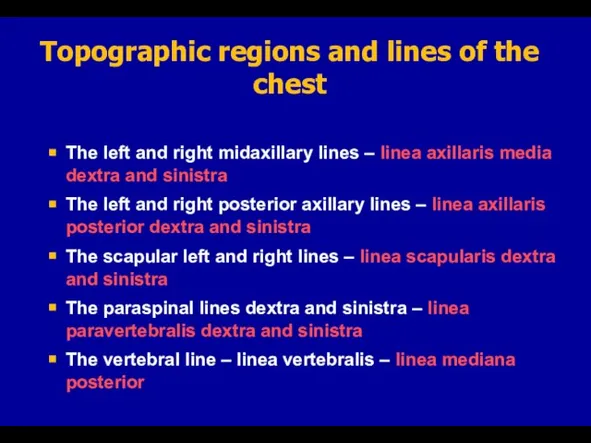
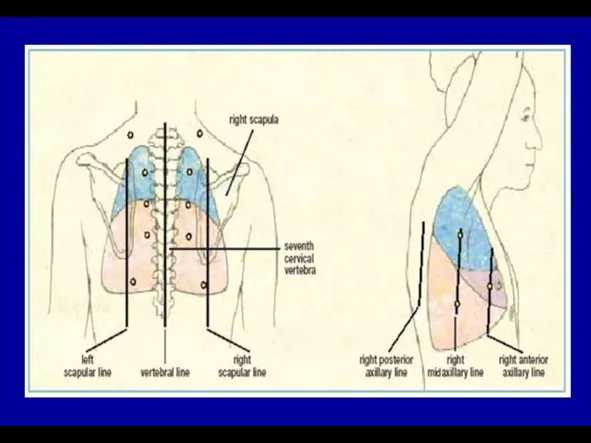
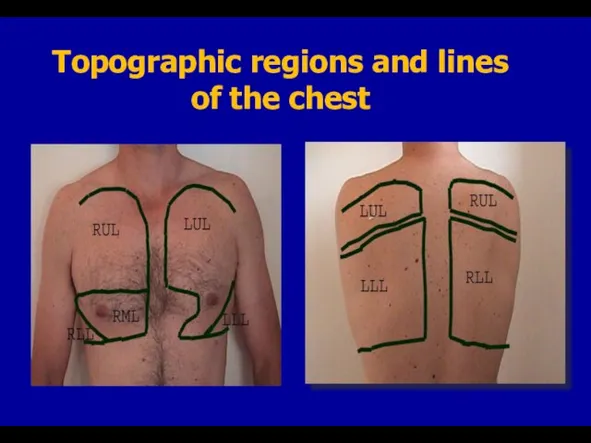
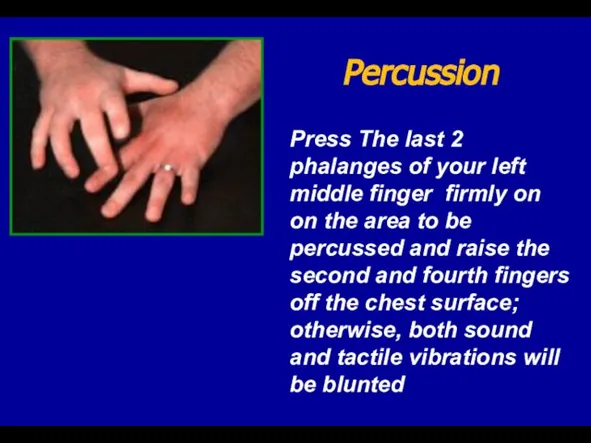
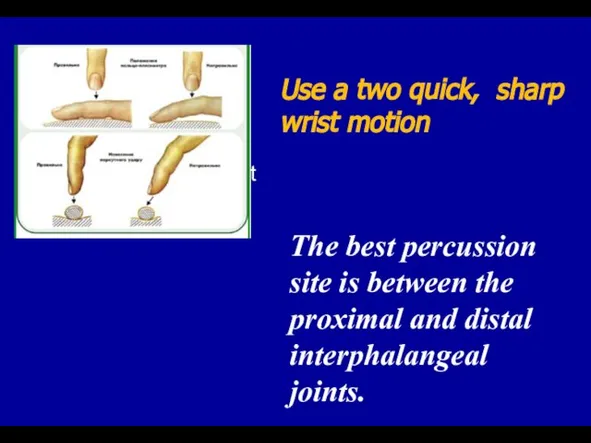
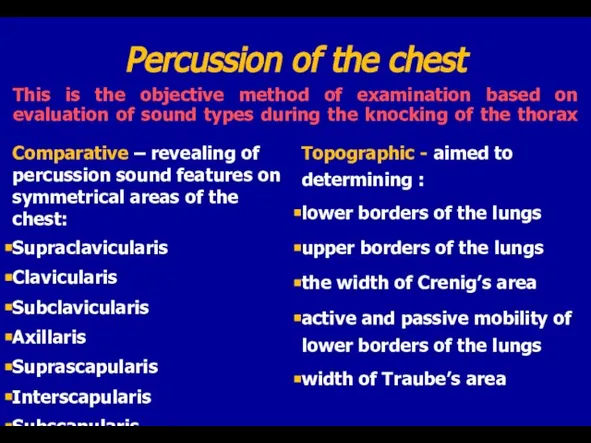
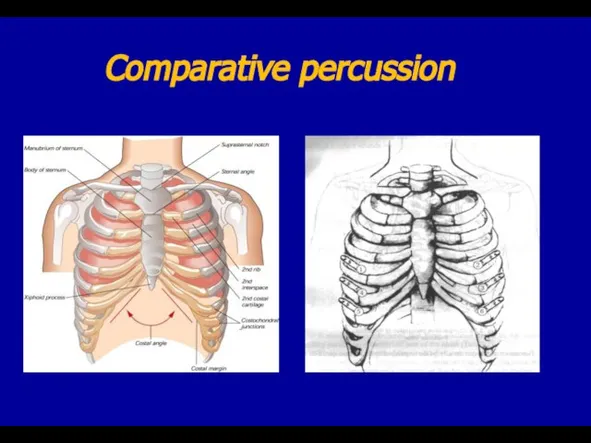
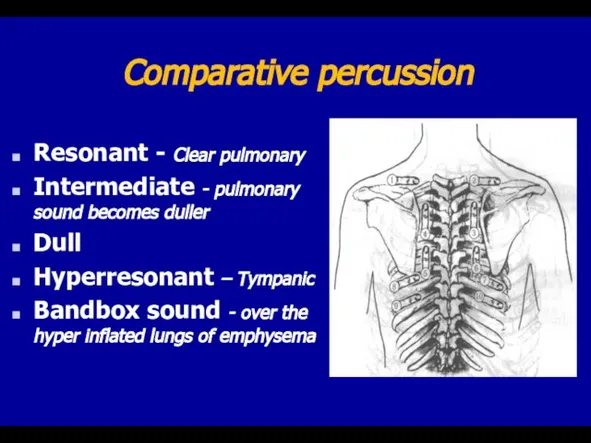
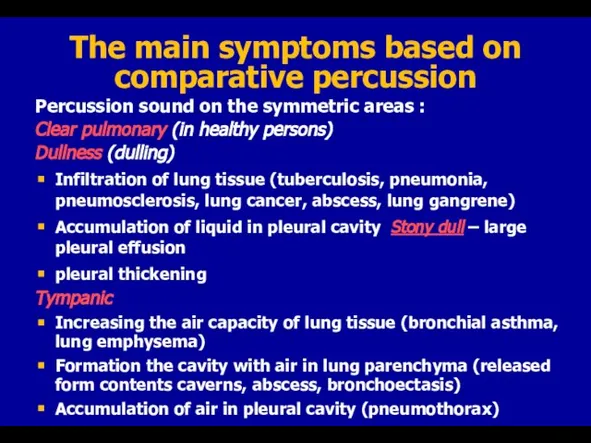
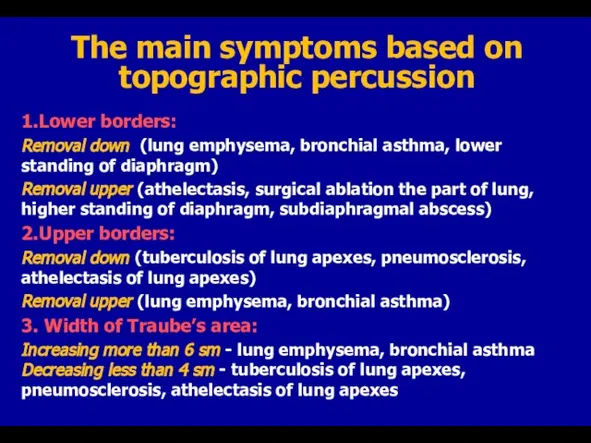
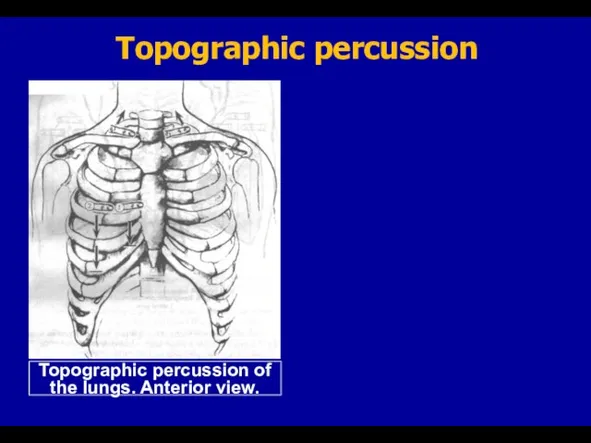
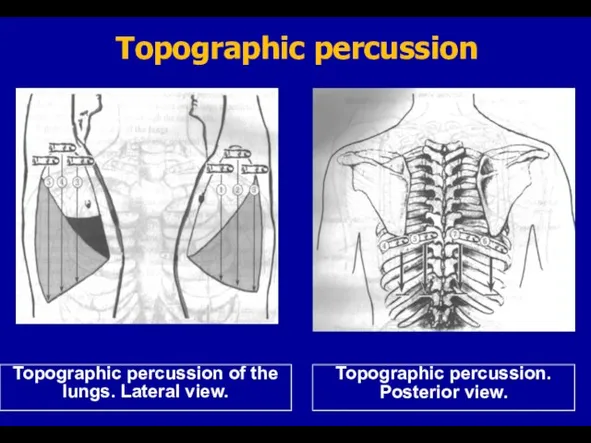
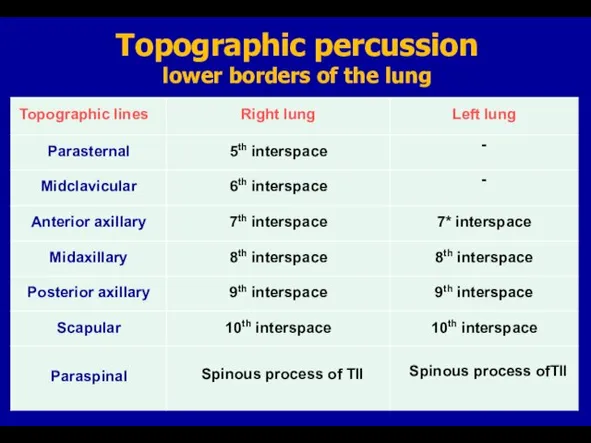
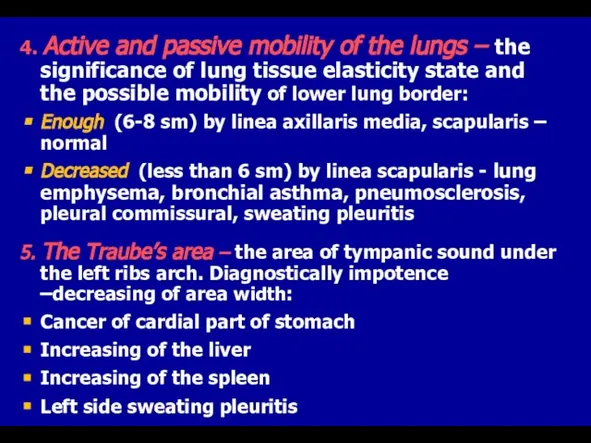
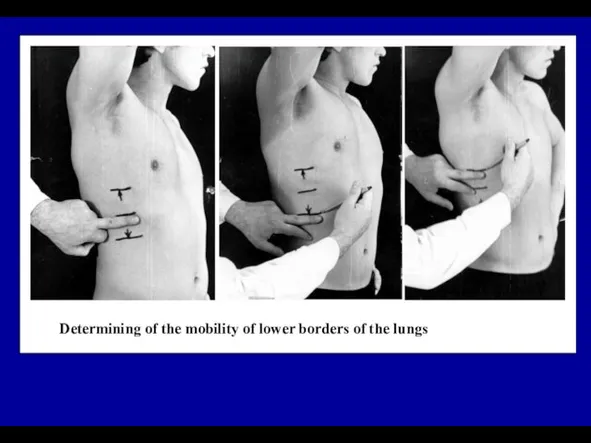
 Традиции Рождества в Британии
Традиции Рождества в Британии Основы учебно-исследовательской деятельности. Методический материал к уроку
Основы учебно-исследовательской деятельности. Методический материал к уроку Вина во Франции
Вина во Франции Этнические общности
Этнические общности Государство, его признаки и формы
Государство, его признаки и формы Корней Иванович Чуковский
Корней Иванович Чуковский Astronauti
Astronauti Нравственное здоровье семьи
Нравственное здоровье семьи Центр спортивной цифровой трансформации в Солнечном
Центр спортивной цифровой трансформации в Солнечном Презентация на тему Форма государства. Политическая система общества
Презентация на тему Форма государства. Политическая система общества Микеланджело Буонарроти (1475-1564)
Микеланджело Буонарроти (1475-1564) Креативные машины и оснастка и входящей в её состав производственной фирмы Центролит
Креативные машины и оснастка и входящей в её состав производственной фирмы Центролит Презентация на тему Переживания, испытанные временем
Презентация на тему Переживания, испытанные временем  Крито-Микенская культура
Крито-Микенская культура Visual C++ 2010 и MFCФорсированный способ разработки современных приложений для Windows 7
Visual C++ 2010 и MFCФорсированный способ разработки современных приложений для Windows 7 Компас 3D - LT
Компас 3D - LT интерьер жилого дома
интерьер жилого дома Визитка воспитателя
Визитка воспитателя Осень: природа готовится к зиме
Осень: природа готовится к зиме Битое поле
Битое поле Презентация на тему Система работы школы по выявлению детей с проблемами в обучении
Презентация на тему Система работы школы по выявлению детей с проблемами в обучении Аттестация педагогических работников государственных и муниципальных образовательных учреждений с целью подтверждения соответ
Аттестация педагогических работников государственных и муниципальных образовательных учреждений с целью подтверждения соответ История маркетинга
История маркетинга  Познавательные возможности учащихся при изучении истории
Познавательные возможности учащихся при изучении истории Знакомство со зрелищными видами искусства
Знакомство со зрелищными видами искусства Презентация на тему Природные зоны Австралии
Презентация на тему Природные зоны Австралии  Электрические машины переменного тока
Электрические машины переменного тока Техническая помощь девелоперов-консультантов банкам в процессе оценки и реализации залоговых активов
Техническая помощь девелоперов-консультантов банкам в процессе оценки и реализации залоговых активов